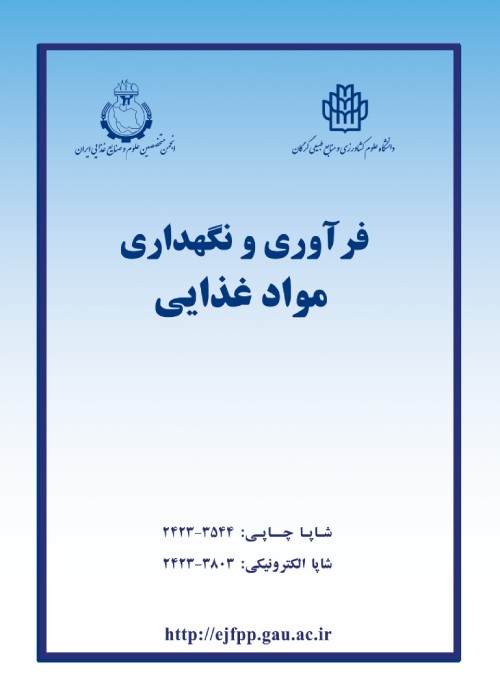A Review of the fish oil extraction methods and omega 3 concentration techniques
Eicosapentaenoic acid (EPA) and Docosahexaenoic acid (DHA) are omega-3 fatty acids that play a remarkable role in the prevention and treatment of diseases. Various reports have noted the preventive and therapeutic effects of omega 3 fatty acids on inflammatory diseases such as asthma, as well as cardiovascular diseases, oxidative stress-related diseases including Non-Alcoholic Fatty Liver Disease (NAFLD), together with rheumatoid arthritis, and mental and psychiatric disorders. Moreover, these fatty acids have revealed some preventive effects against cancer and fatty liver disease. Since polyunsaturated fatty acids are not capable to be synthesized in the human body, also humans diet is mostly provided by vegetable oils that contain a high level of omega-6 fatty acids, accordingly, they should be supplied by food sources. Globally, marine resources, especially fish oil, are widely used, as the main providers of these fatty acids. Additionally, the amount of polyunsaturated fatty acids, EPA, and DHA differ based on the species of the fish. Moreover, the main sources of fish oil are pelagic species, namely salmon, tuna, anchovies, herring, and caplin, which have fatty meat and are suitable to be used for the production of fish feed and fish oil. Alternatively, fish wastes can be used to supply fish oil.
The first and most important step for the purification of omega-3 fatty acids is the extraction of fish oil. In the following, the concentration of omega-3 fatty acids can be done in the extracted fish oil. So far, various methods such as alkaline digestion, Bligh and Dyer method, extraction with isopropyl solvent of alcohol, and... have been reported. But, in this review article, different methods of fish oil extraction including Wet pressing (WP), Cold extraction, enzymatic extraction, and Supercritical fluid extraction (SFE), also miscellaneous technologies of omega 3 concentration including Urea complexation (UC), Supercritical Fluid Chromatography (SFC), molecular distillation (MD), and Enzymatic extraction has been investigated.
Due to the growing consumption of omega-3 fatty acids as one of the most important dietary and pharmaceutical supplements, more research and production are needed in this area. Among the methods mentioned above, the wet pressing (WP) method is used as an industrial method for fish oil production. Also, molecular distillation (MD) is a more common and industrial method for the production of omega-3 fatty acids in the world. The concentrated omega-3 fatty acids are mainly in two forms, namely, ethyl esters (mostly in molecular distillation, SFE, and SFC methods) and Triacylglycerols (TAG), the latter have more bioavailability
- حق عضویت دریافتی صرف حمایت از نشریات عضو و نگهداری، تکمیل و توسعه مگیران میشود.
- پرداخت حق اشتراک و دانلود مقالات اجازه بازنشر آن در سایر رسانههای چاپی و دیجیتال را به کاربر نمیدهد.


